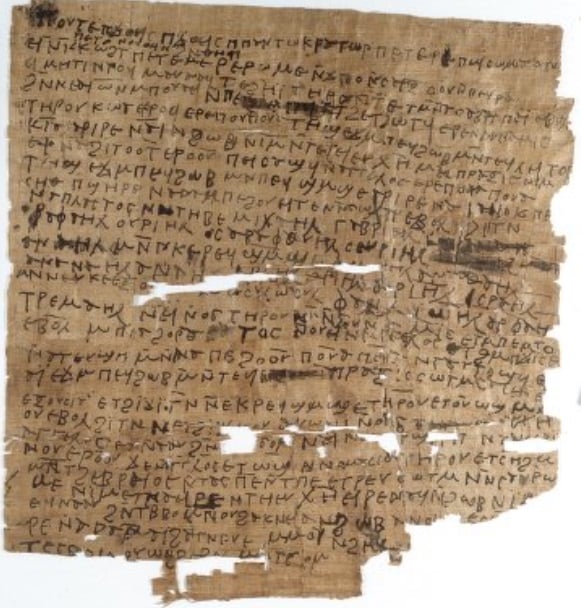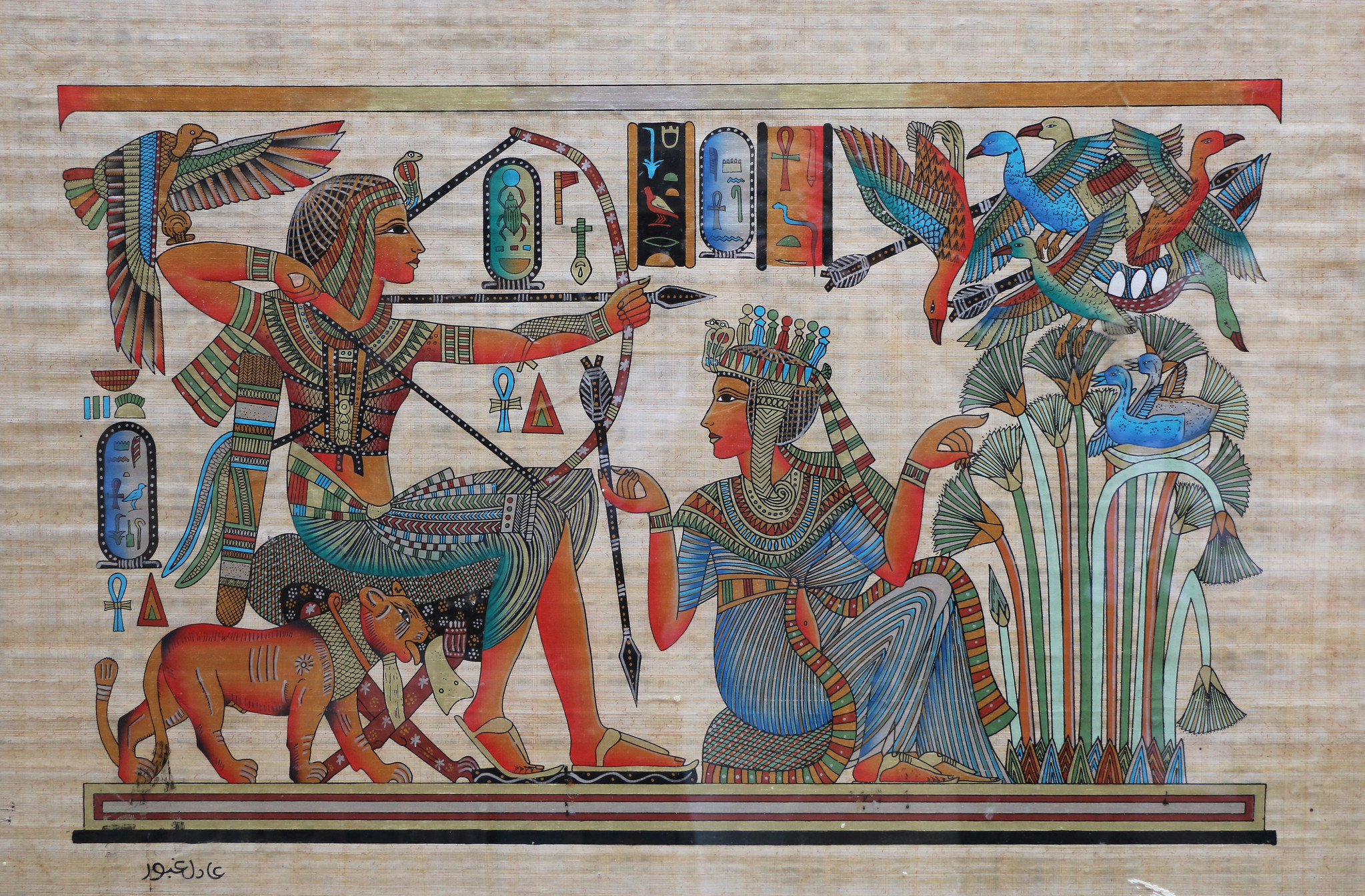
Texts from ancient Egypt—written in Coptic—that were often placed within jewelry and supposedly enacted either evil or helpful magic on bearers, have been translated in a new book.
Dated to between the 4th and 12th centuries AD, the ancient Egyptian texts, written on papyrus, parchment, paper, and shards of clay, were believed to have magical powers.
Depending on their intended purpose, the texts may have been worn in an amulet around the neck or hidden secretly in an enemy’s house. The notes were believed to bring about love or hatred, curse adversaries, heal ailments, and even provide their owner with a glimpse into the future.
Ancient Egypt’s “Magic” Texts Written in Coptic
All of the texts that were found were written in Coptic, the last stage in the development of the Egyptian language. Coptic was in use in Egypt from around the 2nd century AD but gradually gave way to Arabic following the Arab conquest of Egypt in the 7th century. Before this conquest, the country had been ruled by the Greeks and the Romans for hundreds of years.
For the past five years, two researchers from the University of Würzburg in Germany have been analyzing the “magic” Coptic texts of ancient Egypt so as to understand their messages. The researchers presented the Coptic “magical” texts in a book called Papyri Copticae Magicae. It was published in November last year and is complete with translations and contextual information.
“These manuscripts represent rich sources of information on daily life and [the] lived religion of Egypt in the last centuries of Roman rule and the first centuries after the Arab conquest, giving us glimpses of the hopes and fears of people of this time, their conflicts and problems, and their vision of the human and superhuman worlds,” the book publishers said in a description.
Roughly six hundred such texts have survived to the present day. However, the largest published collection only comprises around a hundred of them, according to Korshi Dosoo, one of the scholars from the German university.
“The rest were previously scattered in numerous books and articles and were therefore only accessible and known to a few specialists,” Dosoo said in a statement.
What Was the Aim of the “Magic” Texts?
The texts’ contents are of various types. Some of these are intended to protect the bearer from death or demons, appease enemies, or manifest specific desires. There were also texts aimed at dealing with matters of love, which seem to have been primarily of interest to men. A few of these texts were even designed to separate married couples.

Additionally, there is a category of Coptic texts used for medicinal purposes, such as preventing fever and headaches or alleviating insomnia. Among these were magic texts believed to bring about pregnancy for the ancient Egyptian bearer.
“These documents serve as an important source of information about popular religion—the reality, rather than the ideal, of religious practices and beliefs as they were lived and practiced in everyday life,” Markéta Preininger Svobodova, another author of the book from Würzburg, said in the statement. “These texts give us…direct insight into people’s private lives at the time; they convey their true emotions.”
See all the latest news from Greece and the world at Greekreporter.com. Contact our newsroom to report an update or send your story, photos and videos. Follow GR on Google News and subscribe here to our daily email!



